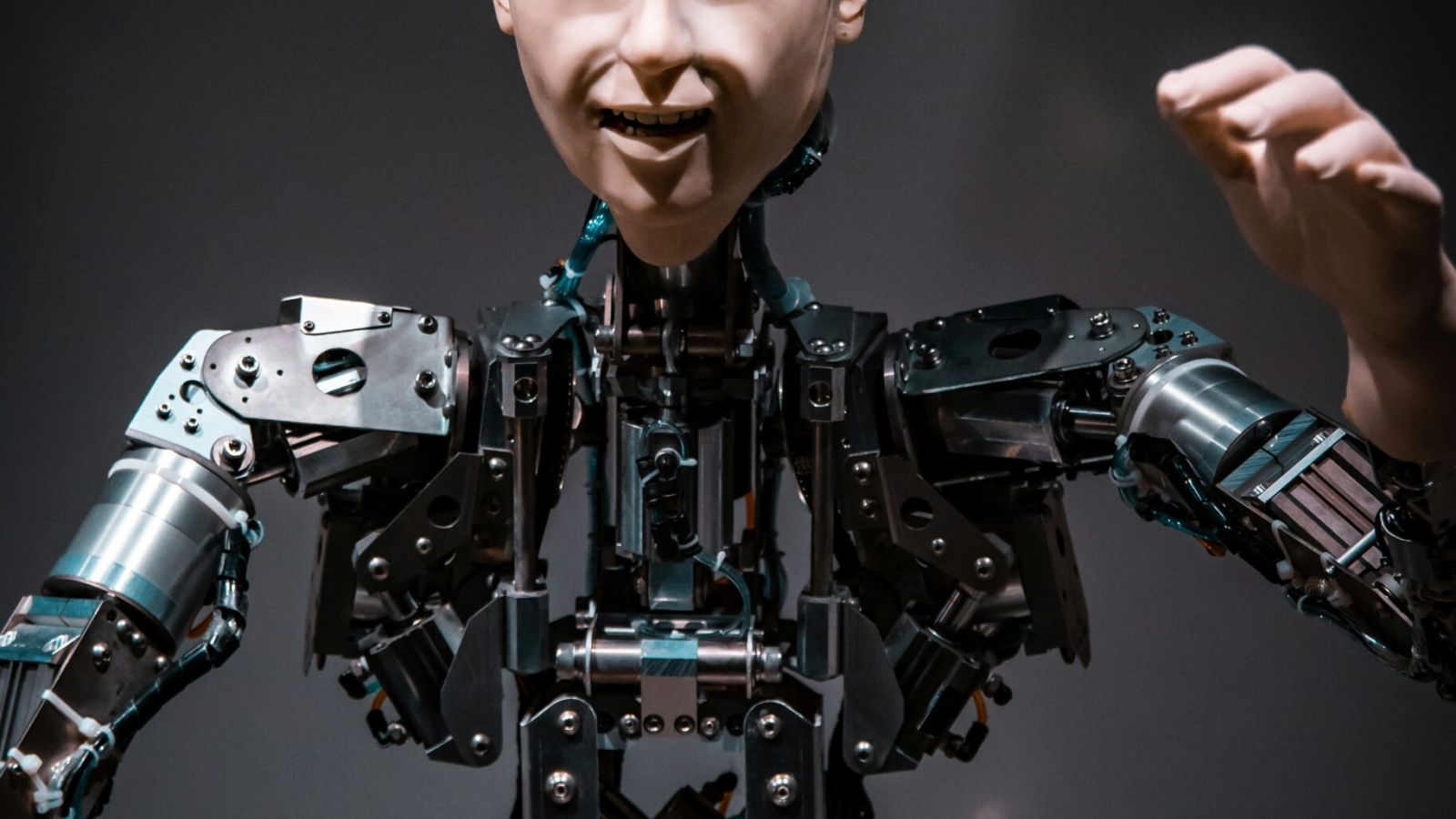Artificial Intelligence in 2024: A Year of Breakthroughs
Over the past year, artificial intelligence (AI) has dramatically pushed the boundaries of innovation. Industries worldwide have raced to integrate AI to boost productivity and automate complex tasks, setting the stage for even more disruptive advancements in the near future. As AI outpaces previous high-tech innovations, the rapid progress also highlights the critical need for human oversight to ensure that potential missteps do not overshadow its breakthroughs.
Rapid AI Advancements and the Importance of Oversight
In 2024, the pace of AI development accelerated like never before, bringing transformative benefits along with significant risks. Without effective human supervision, errors in AI systems could become as monumental as their successes. This balance of rapid innovation with responsible management is essential to harness AI’s full potential while mitigating its inherent dangers.
Generative and Agentic AI: Transforming Content and Healthcare
Generative and agentic AI are revolutionizing the way sophisticated content is created across various media platforms. These technologies are not only enhancing digital creativity but are also reshaping the healthcare landscape. AI-powered diagnostic tools are now outperforming human physicians in certain tasks, signaling a major transformation in healthcare delivery and operational efficiency across multiple industries.
Humanoid Agents on the Horizon for 2025
As AI technologies continue to evolve, the emergence of humanoid agents is becoming a reality. Anders Indset, a deep-tech investor and author, predicts that the excitement around large language models (LLMs) will soon be matched by breakthroughs in autonomous humanoid robots. With fully autonomous humanoids transitioning from industrial settings to more widespread applications, 2025 is poised to usher in a new era of enhanced human-robot interactions and robotics-as-a-service (RaaS) models.
AI’s Expanding Role in Cybersecurity and Biosecurity
The integration of AI in cybersecurity is set to transform digital defense strategies. Experts like Alejandro Rivas-Vasquez of NCC Group warn that AI and machine learning (ML) could intensify cyberwarfare, with far-reaching effects beyond traditional conflict zones. Additionally, advancements in neural interfaces, bio-augmentation, and implantable technology are redefining cybersecurity—extending protection from digital systems directly to individuals. However, these innovations also introduce risks such as cognitive manipulation and privacy breaches, necessitating robust ethical frameworks and regulatory standards in digital biosecurity.
Enhancing Disaster Recovery with AI-Driven Data Backup
AI-powered automation is revolutionizing disaster recovery processes. According to Sebastian Straub of N2WS, AI-driven data backup solutions can learn intricate data usage patterns, ensuring that backups are performed seamlessly and in compliance with standards such as GDPR, HIPAA, and PCI DSS. While this level of automation enhances operational efficiency, it also introduces risks. Enterprises must remain vigilant as reliance on AI in disaster recovery can lead to compliance violations and errors that only human oversight can catch.
Transforming Creativity and Education Through AI
AI is making significant inroads into the realms of creativity and education. Tools like ChatGPT are not only enhancing communication skills but also supporting content creation and editing. Eric Wang from Turnitin predicts that as students and professionals adapt to these tools, the value of human creativity and writing skills will become increasingly apparent. Educators can leverage AI to identify learning gaps and facilitate more personalized engagement, ultimately reshaping how knowledge is acquired and expressed.
Mitigating Hidden Risks in AI-Powered Models
Despite its many advantages, AI also carries hidden risks. Michael Lieberman, CTO and co-founder of Kusari, highlights concerns about free AI models that may include hidden backdoors or malware. With data poisoning attacks on the rise, major players like OpenAI, Meta, and Google face ongoing challenges in maintaining secure and transparent AI systems. The risk of sophisticated supply chain attacks emphasizes the need for rigorous security protocols and continuous monitoring.
Preparing for a Future Shaped by AI Innovations
The rapid evolution of AI in 2024 and beyond calls for a balanced approach that embraces technological progress while implementing stringent oversight and security measures. As industries integrate advanced AI systems—from humanoid agents to AI-driven backup solutions—the focus must remain on ethical standards, regulatory compliance, and proactive risk management. This strategy will be vital for harnessing AI’s potential while protecting against its vulnerabilities.
Looking Ahead: The AI Revolution Continues
In summary, the AI advancements witnessed over the past year are only the beginning of a larger transformation. With significant developments anticipated in 2025—from autonomous humanoid robots to enhanced cybersecurity and AI-driven creativity—the future of technology looks both exciting and challenging. As we move forward, the key to success will be a strategic blend of innovation, responsible oversight, and continuous adaptation to ensure that AI remains a powerful tool for progress across all industries.

